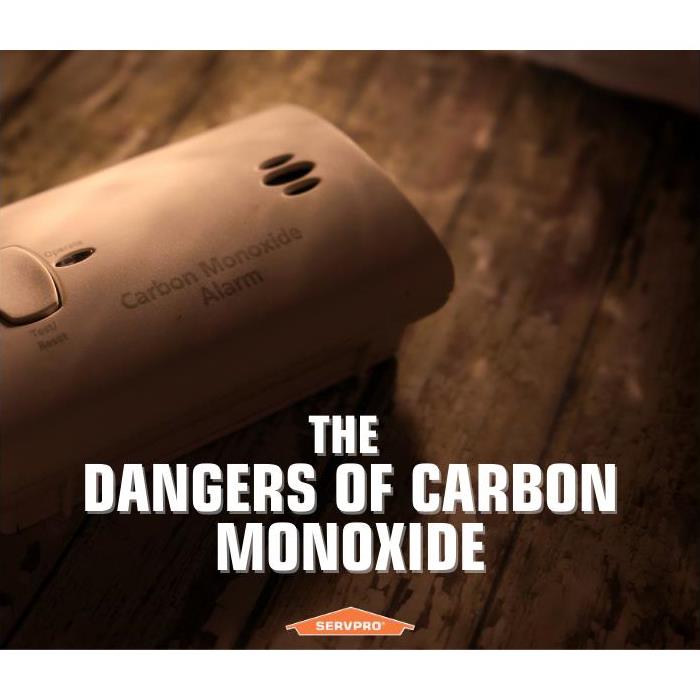The Dangers of Carbon Monoxide
1/19/2021 (Permalink)
When the temperature drops in the winter, your furnace has the potential to become a silent killer.
Oil and gas burning furnaces produce carbon monoxide (CO). CO is an odorless, invisible, poisonous gas that kills at least 430 people each year and sends approximately 50,000 to the hospital.
Breathing in carbon monoxide fumes prevents the body from using oxygen properly, which can damage the brain, heart and other organs. Breathing in carbon monoxide can lead to a variety of symptoms, such as headaches, dizziness, nausea, vomiting and shortness of breath.
People with pre-existing health issues are at greater risk to harm from CO. Children, pregnant women and older adults are also at greater risk.
Where Does Carbon Monoxide Come From?
The most common source of CO poisoning is unvented space heaters in the home. Instead of venting the gases outdoors, they are vented into the room. A space heater that is not installed properly or isn’t working correctly can release CO and use up much of the oxygen in the room.
Space heaters aren’t the only sources of carbon monoxide, however. Other common sources of carbon monoxide include:
- Malfunctioning cooking appliances
- Clogged chimney
- Malfunctioning water heater
- Malfunctioning oil, wood, gas, or coal furnaces
- Malfunctioning gas clothes dryer
- Wood burning fireplace, gas log burner, or any unvented space heater
- Gas or fuel-burning appliances in cabins or campers, barbecue grills, pool or spa heaters, or ceiling-mounted heating units
- Fires
How Can Carbon Monoxide Poisoning Be Prevented?
While carbon monoxide poisoning is a scary thought, it is entirely preventable.
First, you should have your furnace and fireplace inspected before each winter. CO detectors should be installed in your home, and the batteries should be checked and replaced regularly.
Only use fuel-burning space heaters in well-ventilated areas. If possible, use electrical space heaters, as they don’t pose any danger of CO poisoning. When using a gas-powered generator for electricity, be sure to keep it a safe distance away from the home.
When it comes to heating your home, it’s vital to be aware of the risks of carbon monoxide. Neglecting your heating system can lead to heartbreak and tragedy for your family. Maintaining your heating system will ensure your family’s safety.


 24/7 Emergency Service
24/7 Emergency Service
